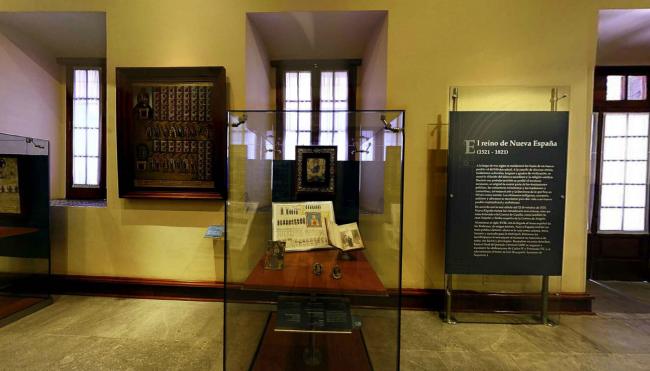
The King's Inspector
Sala
Over three centuries, the foundations of what would become modern Mexico were laid. The fusion of various ethnic groups, cultural traditions, languages, and levels of societal development gave rise to a unique new people. The Spanish language and Catholic faith spread widely, and the territory of present-day Mexico began to take shape. Political institutions, economic structures, customs, artistic traditions, and literature were all forged during this long period, giving rise to a multicultural, multiethnic society enriched by Indigenous, European, Asian, and African influences.
According to the royal decree of October 22, 1523, New Spain was never officially treated as a colony, but rather as a kingdom federated to the Crown of Castile—just as Naples and Sicily were linked to the Crown of Aragon. The Spanish monarch held viceroys accountable through judicial reviews and occasionally dispatched royal inspectors (visitadores) to oversee the administration of justice in New Spain and other realms in the Americas.
When the Bourbon dynasty—of French origin—ascended the Spanish throne in the 18th century, New Spain began to be treated more like a colony: a mere source of raw materials and revenue for the empire. Inspectors now focused primarily on protecting royal income. In response, the people of New Spain reminded the crown of their status as a kingdom, invoking their rights and privileges. In 1808, as the colonial era drew to a close, they refused to recognize the abdications of Charles IV and Ferdinand VII and rejected the imposition of Joseph Bonaparte, Napoleon’s brother, as king.


